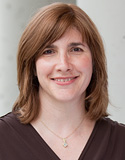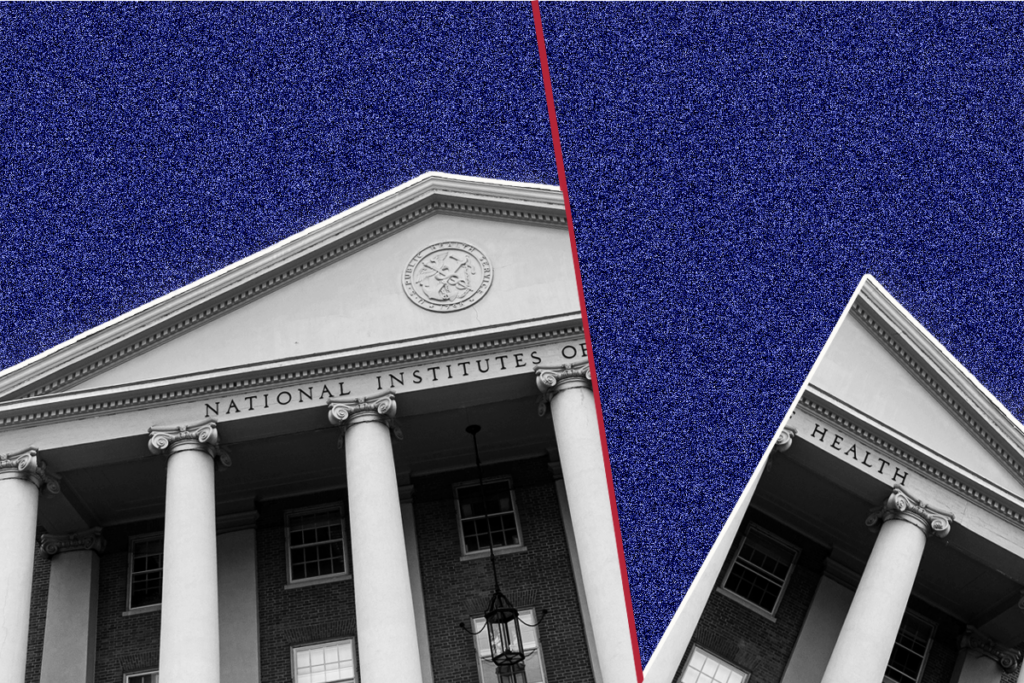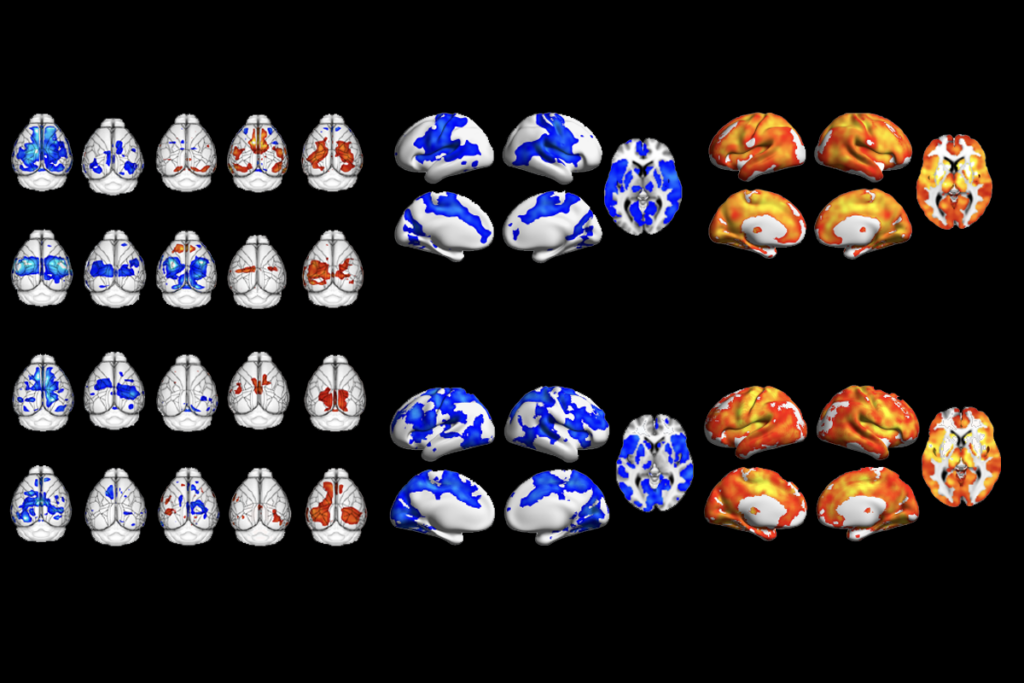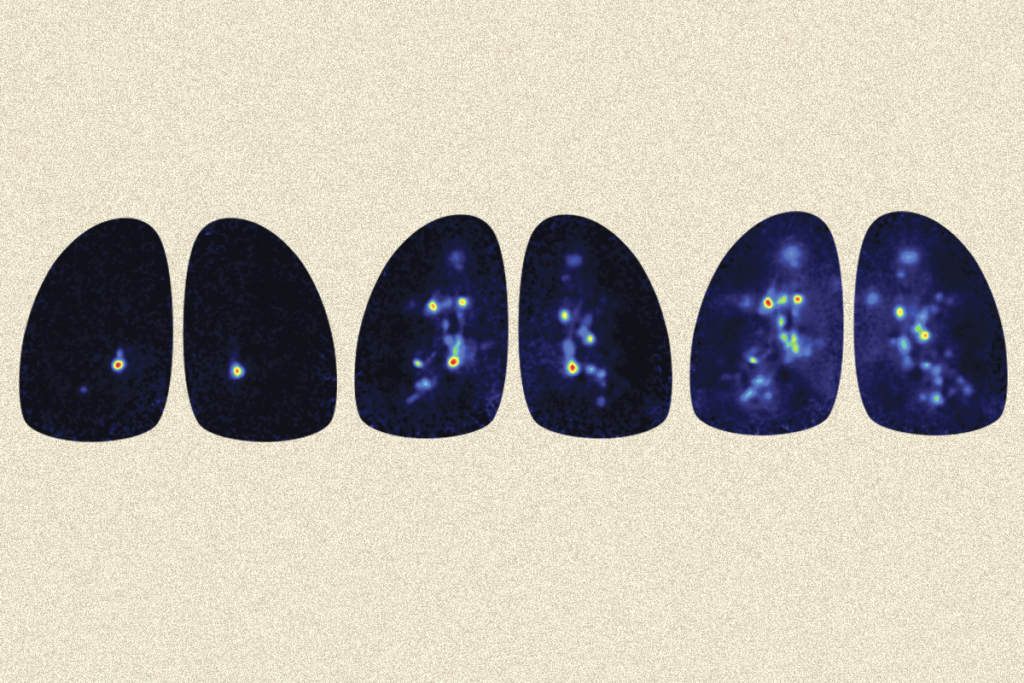Lisa Shulman is director of autism clinical services at the Children’s Evaluation and Rehabilitation Center at Montefiore Medical Center in New York City.

Lisa Shulman
Director of autism clinical services
Children’s Evaluation and Rehabilitation Center, Montefiore Medical Center
From this contributor
How to help underserved groups gain access to autism care
Place your autism center in the community you serve, remove barriers to care, cast a wide net for autism signs, and do as much as possible in the first visit: These principles can help build a lifelong relationship with the community.

How to help underserved groups gain access to autism care
Children who ‘recover’ from autism still struggle
Some children with autism lose their diagnosis over time, but still struggle with language, learning and anxiety, says Lisa Shulman.
Explore more from The Transmitter
Proposed NIH budget cut threatens ‘massive destruction of American science’
A leaked draft of a Trump administration proposal includes an approximately 40 percent cut to the National Institutes of Health’s budget and a major reorganization of its 27 institutes and centers.

Proposed NIH budget cut threatens ‘massive destruction of American science’
A leaked draft of a Trump administration proposal includes an approximately 40 percent cut to the National Institutes of Health’s budget and a major reorganization of its 27 institutes and centers.
Too much or too little brain synchrony may underlie autism subtypes
Functional connectivity differences in autism mouse models point to two subtypes that correspond to patterns seen in some people with the condition.

Too much or too little brain synchrony may underlie autism subtypes
Functional connectivity differences in autism mouse models point to two subtypes that correspond to patterns seen in some people with the condition.
Smell studies often use unnaturally high odor concentrations, analysis reveals
It’s time to fashion olfactory neuroscience stimuli based on odor concentrations in the wild, say study investigators Elizabeth Hong and Matt Wachowiak.

Smell studies often use unnaturally high odor concentrations, analysis reveals
It’s time to fashion olfactory neuroscience stimuli based on odor concentrations in the wild, say study investigators Elizabeth Hong and Matt Wachowiak.
